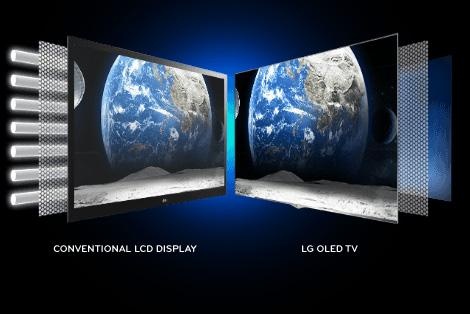Latest version of android. Which Android to choose for a tablet or smartphone

Even when purchasing your tablet, you probably noticed that the versions of Android on all tablets are different. You can find devices on Android 1.5, and you can also find them on the latest at the moment Android 4.2. In this article I will try to explain the differences between OS versions and which Android is better for a tablet.
I’ll say right away that Android is adapted for tablets only starting with version 3, Honeycomb. And all well-known major manufacturers installed at least the third version on their Android tablets. Only Chinese companies supplied their budget tablets with outdated Android 1.5 - 2.3. I'm talking about this in the past tense because this problem is no longer as acute as before, and the Chinese are increasingly installing Android latest generations on their new tablets, catching up with well-known brands. But let's start in order.
Android 1.5
I was extremely surprised when I found out that the very first version of the OS had a tablet. I was able to find only one - Miotex Miotab MT705UA, and it was released in 2012. There are simply no words.
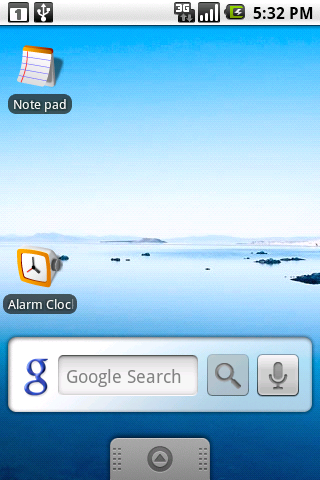 Android 1.6
Android 1.6
On this version, I found only tablets manufactured by Archos - 48 internet tablet. Their display diagonal is only 4.8 inches, so we can consider it more smartphones than tablets.
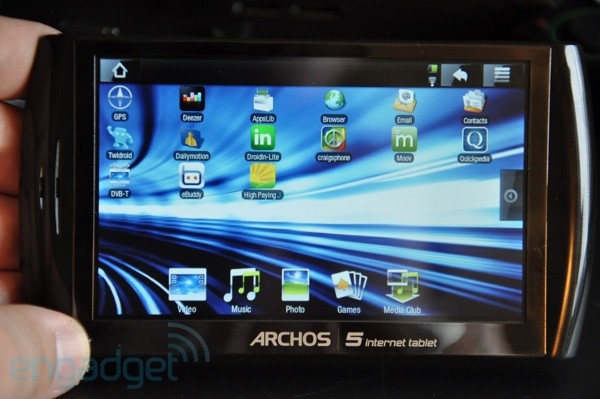 Android 2.1
Android 2.1
There is already a richer choice here. There are tablets from Prestigio, GOCLEVER, Huawei. There are 10 and 7 inch options.
 Android 2.2
Android 2.2
With this Android you can buy a tablet from Samsung Galaxy Tab 7.0. A very good option.
Android 2.3
Even more interesting, you can buy HTC Flyer, Amazon Kindle Fire.
Android 3.0 - 3.2
This is where the fun begins. ASUS Eee Pad Transformer, Motorola Xoom, Acer ICONIA Tab A500, Samsung Galaxy Tab, Huawei MediaPad, Sony Tablet S and many other good things.
Android 4.0 - 4.2
Latest version of Android. It's nice that it's already installed on the Samsung Galaxy Tab 2, Samsung Galaxy Note, Starway Andromeda S920, SeeMax Smart and other tablets, the price range of which ranges from $100 to $1200.
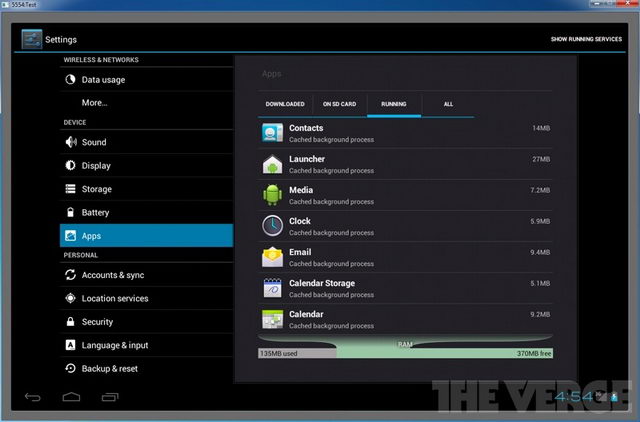
So which Android to choose, you ask. Definitely the last, or at least the 3rd. And even then, before purchasing, read whether the manufacturer has released firmware with Android 4 for your device. I don’t recommend buying tablets running 2.1-2.3 because problems may arise with software that only works on Android 4+. Although most applications support Android 2+. I seriously doubt that the manufacturer will release an update to Android 4 for the device on the 2nd. On the first version of Android, I highly recommend buying nothing. All software is designed to work with Android 2-4, so you can only use the already installed software. In the case of Android 4+, no problems should arise. This version is universal for smartphones and tablets. So, if possible, update to version 4 () or buy a tablet already with it.
There are a huge number of offers on tablets and smartphones on the market, all of them differ not only in characteristics, but also in operating system. Find out which OS you should choose from this article.
First of all, before we start discussing which Android is better, it’s worth mentioning that if you saw a model with pre-installed Android 2.2 or lower - run away from it! This version is extremely outdated, none of the manufacturers will install it on their new device. It almost completely went out of use more than 2 years ago.
Similar can be said about versions 2.3 and 3.0, because she is already 4(!) years old. Although they have some good advantages, such as relatively good energy saving or an easy interface, due to its simplicity it hardly slows down.
But let's get to the heart of the matter. Let's consider name of each version operating system Android, its features, characteristics, pros and cons.
Android 4.0
Quite an old, but still popular version. appeared in it new interface, which is almost unchanged today. Thanks to code optimization, it was possible to achieve better multitasking of the device.
Processor: 1-2 cores
RAM: 512MB+
Pros: not demanding on hardware, simple interface.
Cons: not all applications, like games, are available on it.
Android 4.1
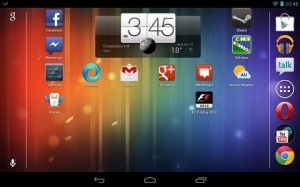
Very popular system at the moment, both among Chinese manufacturers and in budget segment more famous brands. Its main difference from other systems is the use of triple buffering for image output; to put it simply, the processor and video accelerator now work in parallel, which should negate any slowdown in the interface. (in fact, the problem is still present on a number of devices)
Typical main characteristics for such tablets:
Processor: 2+ cores
RAM: 1GB+
Pros: fully supported by most applications in the market, comparatively new system.
Cons: often on devices with this OS an increase in battery consumption is noticed, strange voice search(who is offline looking for what he likes)
Android 4.2/4.3

The main new feature is support for multiple profiles on one device. Now each family member can have their own personal account, which, for example, he already uses on a smartphone. The taskbar (the curtain that you lower from top to bottom) has changed; now it is much more informative.
Typical main characteristics for such tablets:
Processor: 4+ cores
RAM: 1GB+
Pros: very beautiful interface, due to the imposition of additional processing. Personal profile for each user.
Cons: problems with adjusting auto brightness, problems with Bluetooth.
Android 4.4

The system does not have total changes compared to previous versions, but there are still some pleasant advantages. Now fully integrated into the system voice assistant Google Now(live suggestions based on your location, voice search, etc.), it can now be launched with the phrase “Okay, Google.” Now the system works normally (if you can call it that) on devices with 512MB RAM. Multitasking has been slightly improved. Although answering the question which Android is better is difficult, because... All models are unique in some way, but at the moment it is this version that has earned the greatest praise.
Typical main characteristics for such tablets:
Processor: 4+ cores
RAM: 2GB+
Pros: which will be supported by software developers for more than 2 years. High performance on weak devices.
Cons: increased power consumption, problems with camera focusing.
Android 5.0 Lollipop
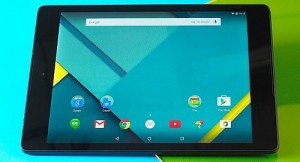
The newest system at the moment. Power consumption has noticeably improved due to the introduction of the so-called “Project Volta”, now this goes to the processor not individually, but in packages. The design has changed, or rather the principle of its construction due to the use of “ Material Design" In the clean version of the system, notifications are already available on the lock screen. The new ART compiler has been fully launched, replacing the outdated Dalvik.
Typical main characteristics for such tablets:
Processor: 4+ cores
RAM: 2GB+
Pros: new system, beautiful design, good power consumption.
Cons: due to the use of a new compiler, not all old applications work on this version of the OS.
Conclusion
Which Android is better for a tablet or smartphone? Of course the last one! The higher the system version, the more responsible the manufacturer who released the device, the longer your device will support everything software products presented in the market.
Related posts:
